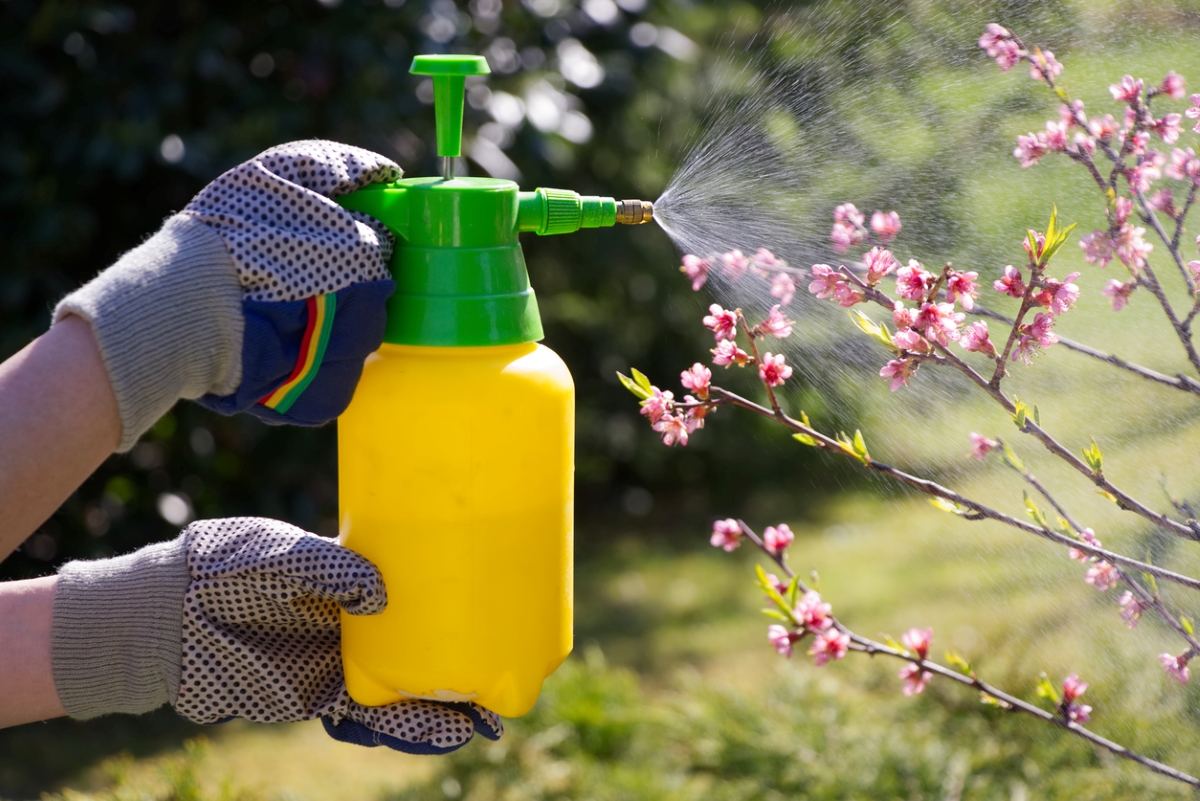We may earn revenue from the products available on this page and participate in affiliate programs. Learn More ›
Sharing the planet with insects is a fact of life, especially when pleasant weather arrives. By late spring, all kinds of critters and crawlies might be making themselves comfortable in your yard and even taking up residence indoors. Some common pests can sting, bite, or carry disease, while others binge on garden plants, ruining your blooms and crops. But that needn’t mean arming yourself with chemical pesticides. Discover natural ways to keep all manner of pests from gorging on your garden, and otherwise spoiling your summer fun.
Spray Cicadas With Water
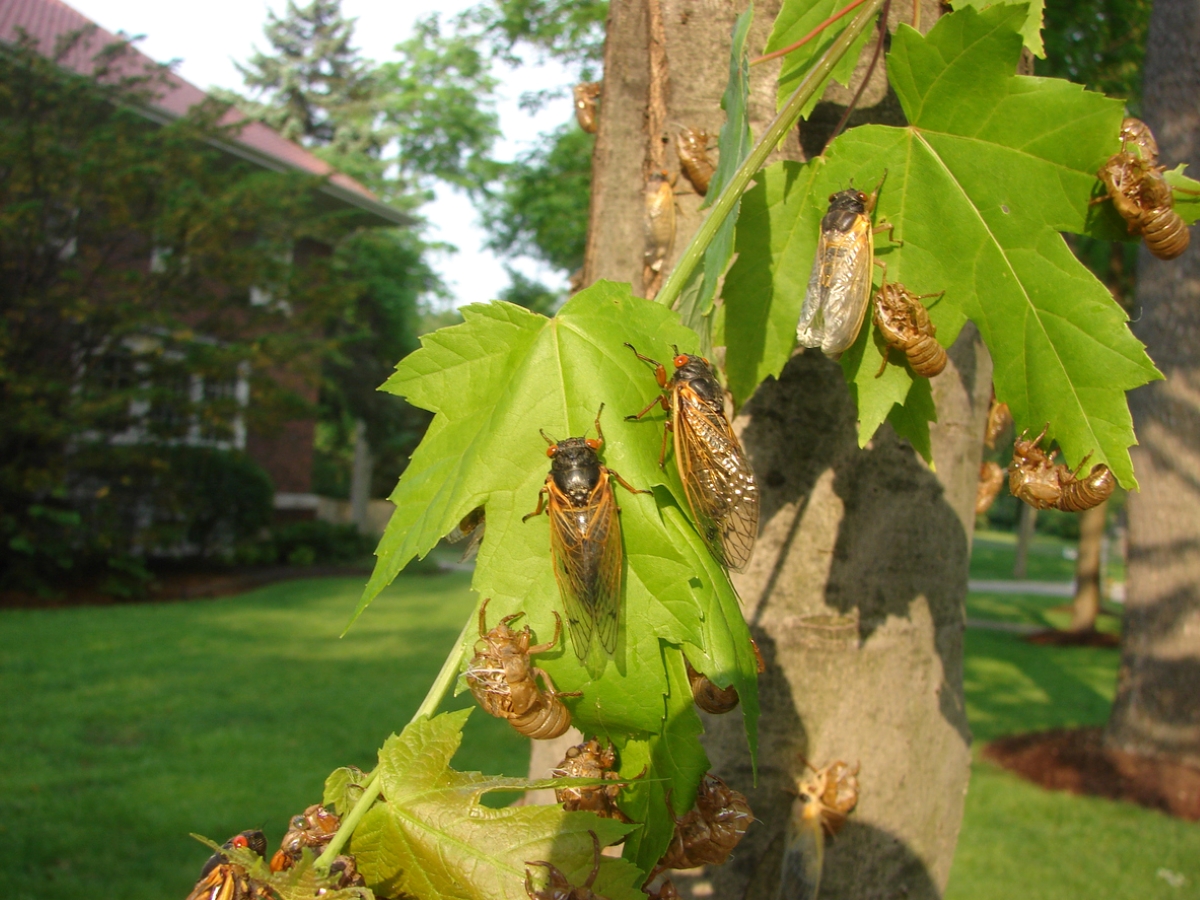
A co-emergence of two broods of cicadas—13-year cycle Brood XIX and 17-year cycle Brood XIII—is happening this summer, bringing their loud buzzsaw sound to barbecues, particularly in the mid-Atlantic states. Cicadas are basically harmless, but if the idea of hundreds of billions of these bugs seems like a bummer, simply wash them out of trees with a garden hose. Consider protecting saplings and seedlings with mesh or cheesecloth, since the sheer weight of a cicada barrage could overwhelm tender plantings.
Plant the Right Flowers
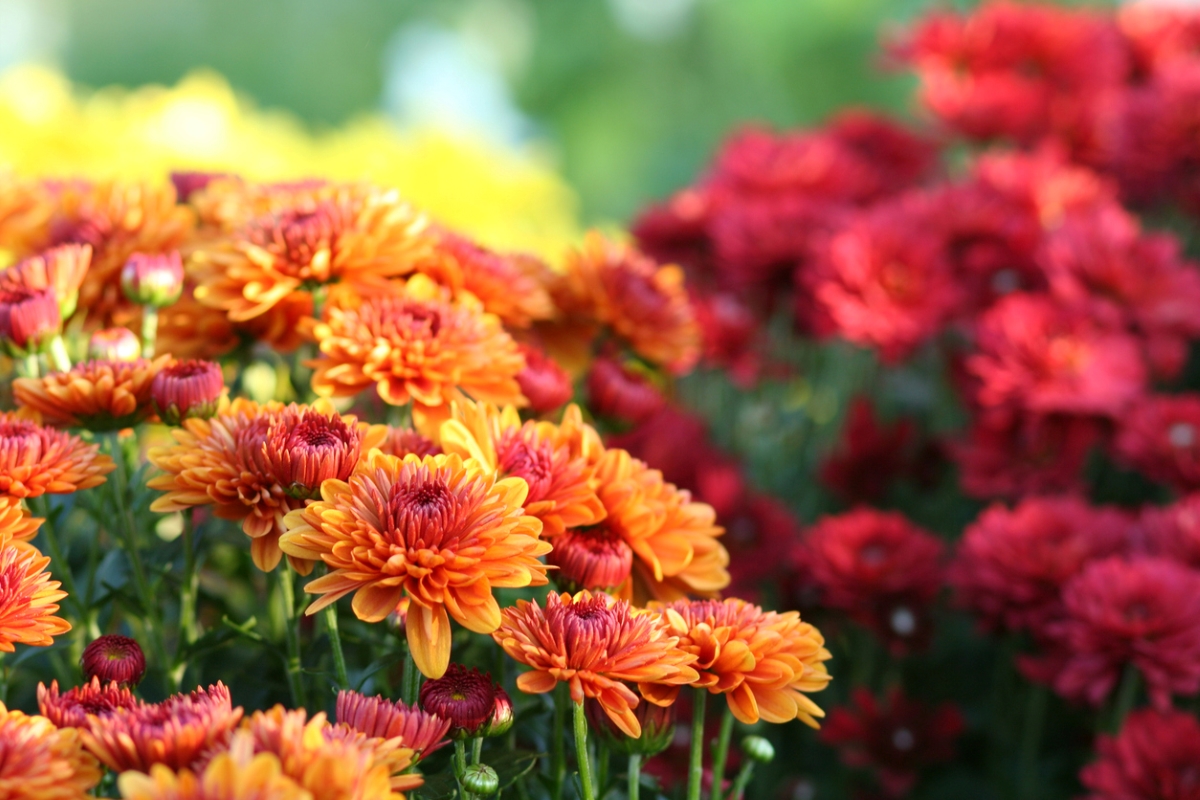
Your garden can function as a defense against the likes of mosquitoes, flies, aphids, and moths. Add color and combat bugs by planting petunias, marigolds, geraniums, and chrysanthemums. Don’t believe that mere blooms can keep bugs away? Consider that pyrethrin, a compound found in chrysanthemums, is an active ingredient in many commercial insect repellents.
Plant Herbs, Too
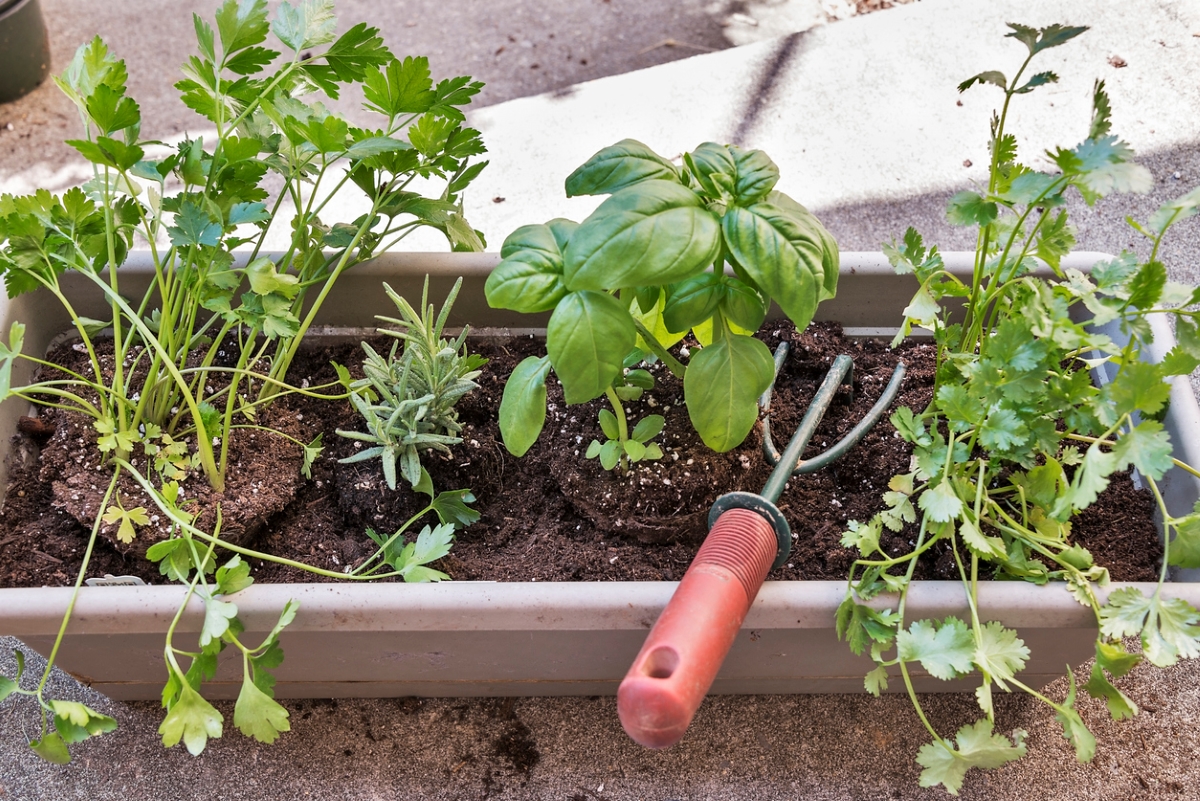
Enjoy ready-to-pick seasonings for your favorite fare and repel pests in the process by growing peppermint, basil, sage, rosemary, lavender, chives, mint, or dill. Sow or transplant these herbs right in the ground, in pots (particularly mint, which can run a bit wild), and in window boxes (to help keep bugs from entering the home).
Spray a DIY Insecticidal Oil
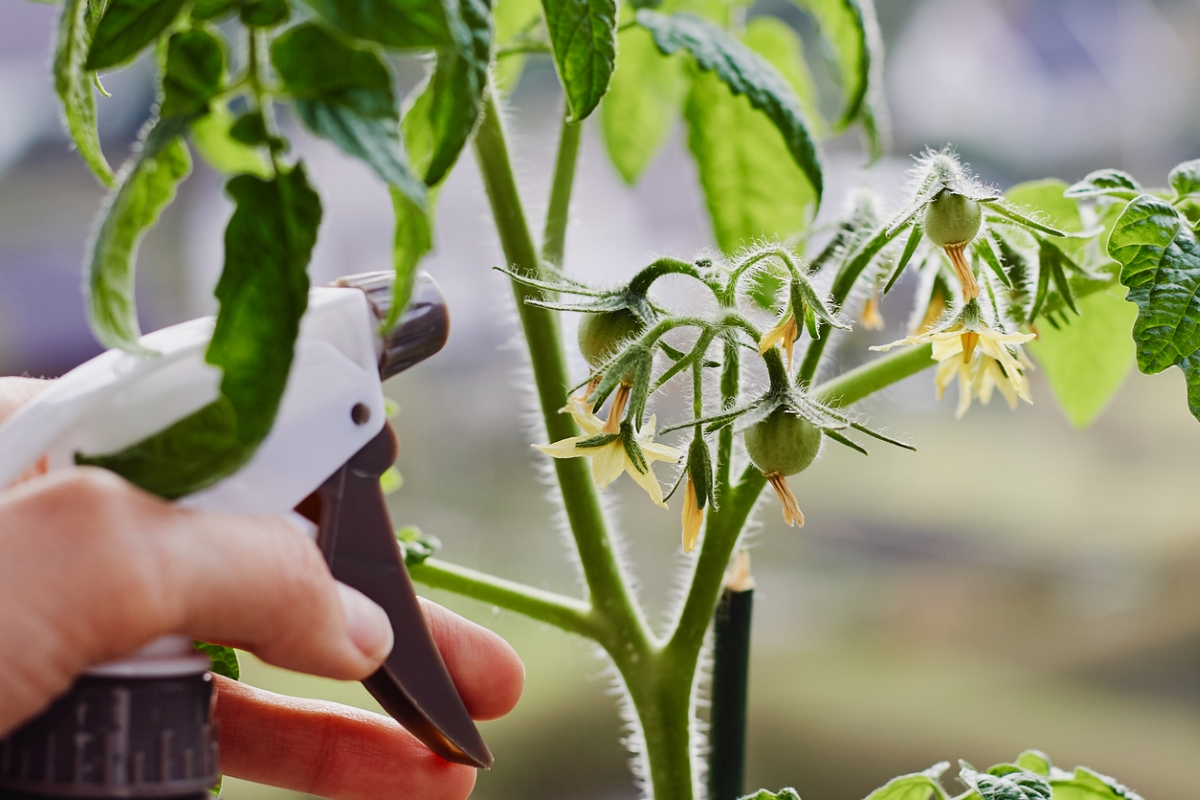
Various types of oil can work effectively as insecticides. Mix 1 cup of vegetable oil, 1 tablespoon of mild soap, and 1 quart of water in a spray bottle, shake to disperse, and mist onto foliage to kill such garden gobblers as aphids, mites, and thrips. While this solution will suffocate bugs, a similar formula using neem oil messes with insects’ hormones, dissuading them from munching on plants.
Dust Plantings With Diatomaceous Earth
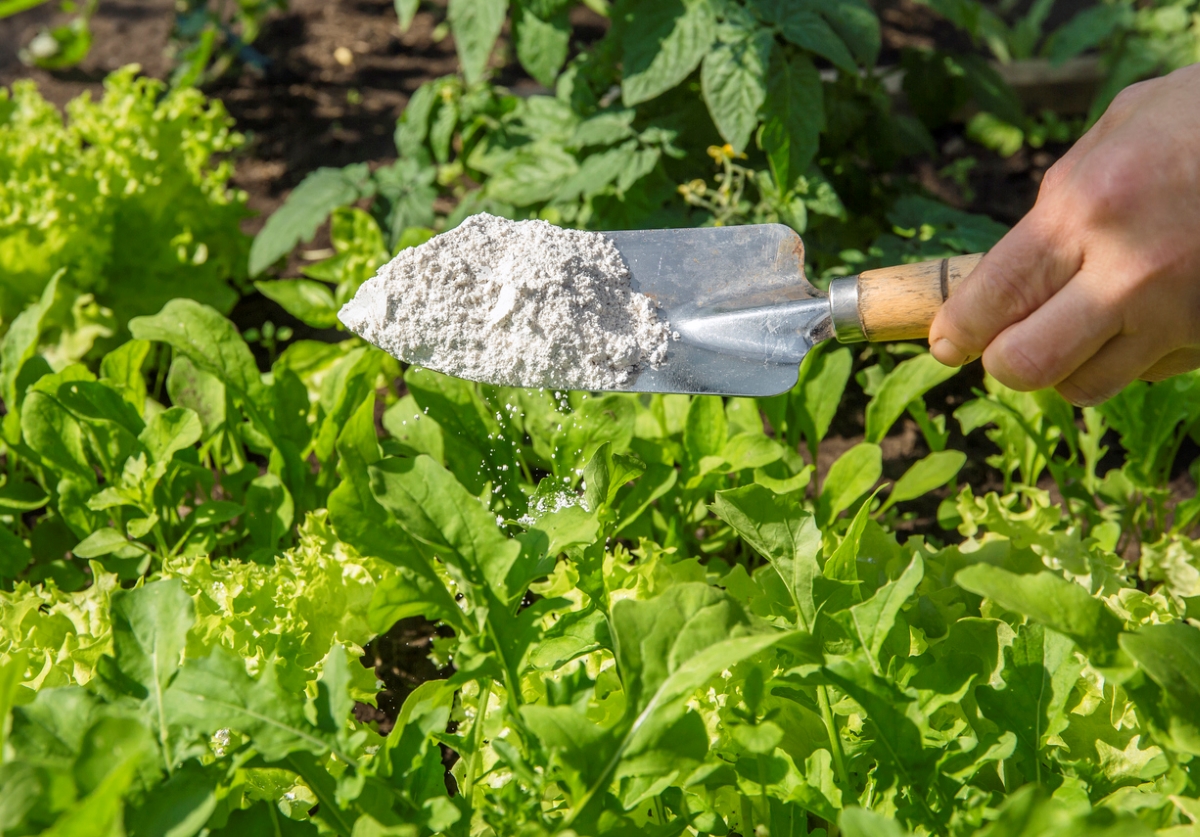
A natural powdery substance composed of fossilized algae, diatomaceous earth kills by absorbing the lipids from the exoskeleton of insects, causing deadly dehydration. Gardeners can sprinkle it around the base of plants and directly onto foliage to foil snails, slugs, and crawling bugs. Diatomaceous earth washes away easily, so reapply it after rainfall.
Snuff Out Insects With Capsaicin

This natural pesticide potion combines common kitchen staples to pack a powerful punch: Puree one garlic bulb and one small onion, mix in a teaspoon of cayenne pepper powder, and let steep for an hour, then strain. Add 1 tablespoon of mild liquid soap to help it adhere to leaves and spray on both sides of leaves. The capsaicin in cayenne is said to work well against those pests that devour plant tissue, like spider mites.
Make DIY Bug Traps From Plastic Bottles
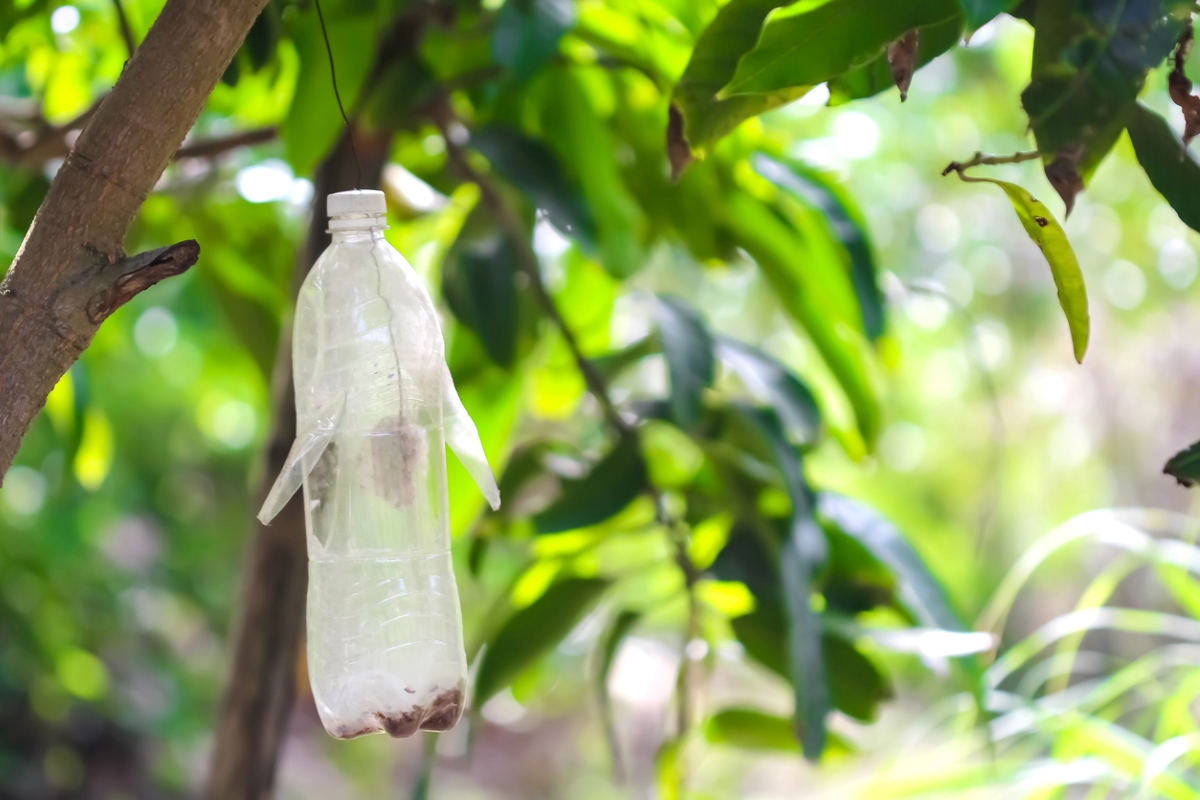
If insects move in on your territory, lure them away to their doom. While different traps ensnare specific species, you should be able to make headway with this all-purpose pest prison. Salvage a plastic liter bottle from the recycling bin, fill it with a small amount of bait (such as honey or ripe fruit), and cut a U-shaped flap in the side. Position the trap away from your favorite gathering areas and check it every day or so to dump dead bugs and refill with fresh bait.
Hang Homemade Flypaper
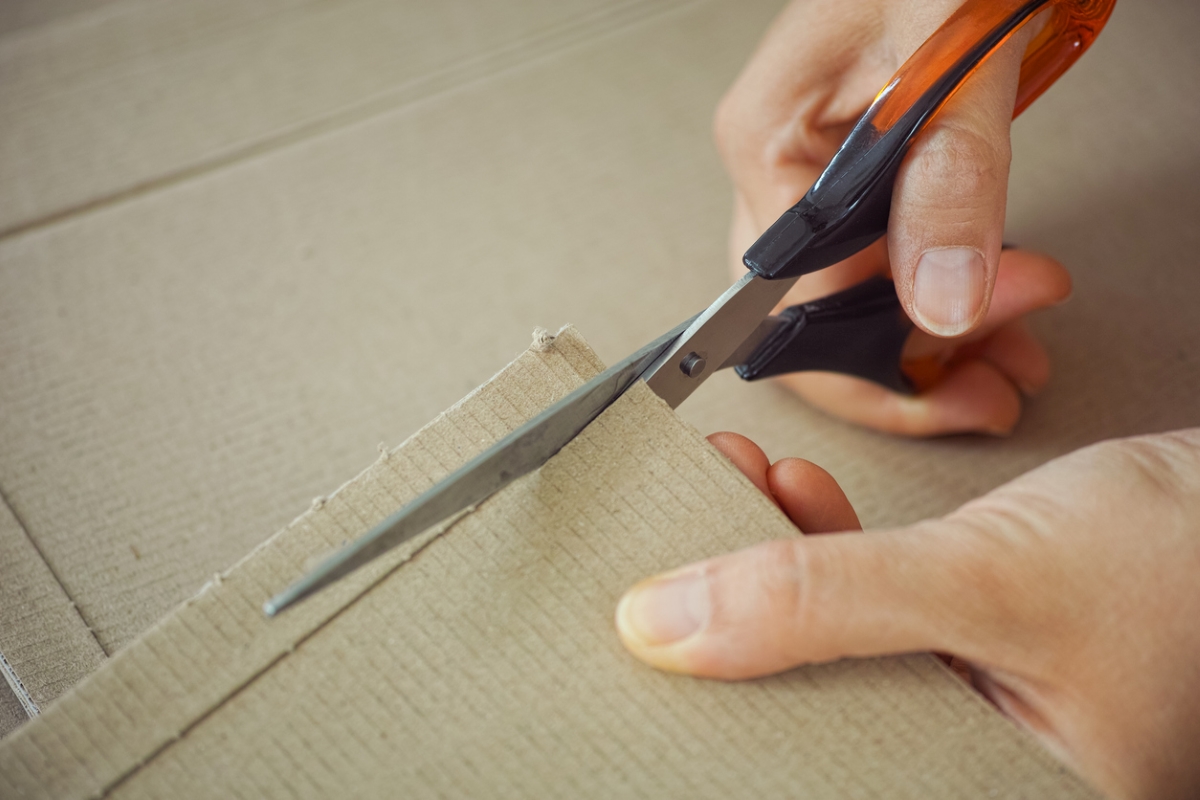
To stop winged invaders in their airborne tracks, cut a piece of cardboard or a large paper bag into several strips and, using a needle and thread, pierce a hole on one end, leaving ample thread from which the paper can hang. Then coat both sides of the paper with a pancake syrup and sprinkle with granulated sugar for extra temptation. Hang flypaper in rooms where flies have entered or perhaps around the patio. Check and change the paper frequently, as it’s likely to get pretty nasty quickly.
Attract Insect-Eating Birds
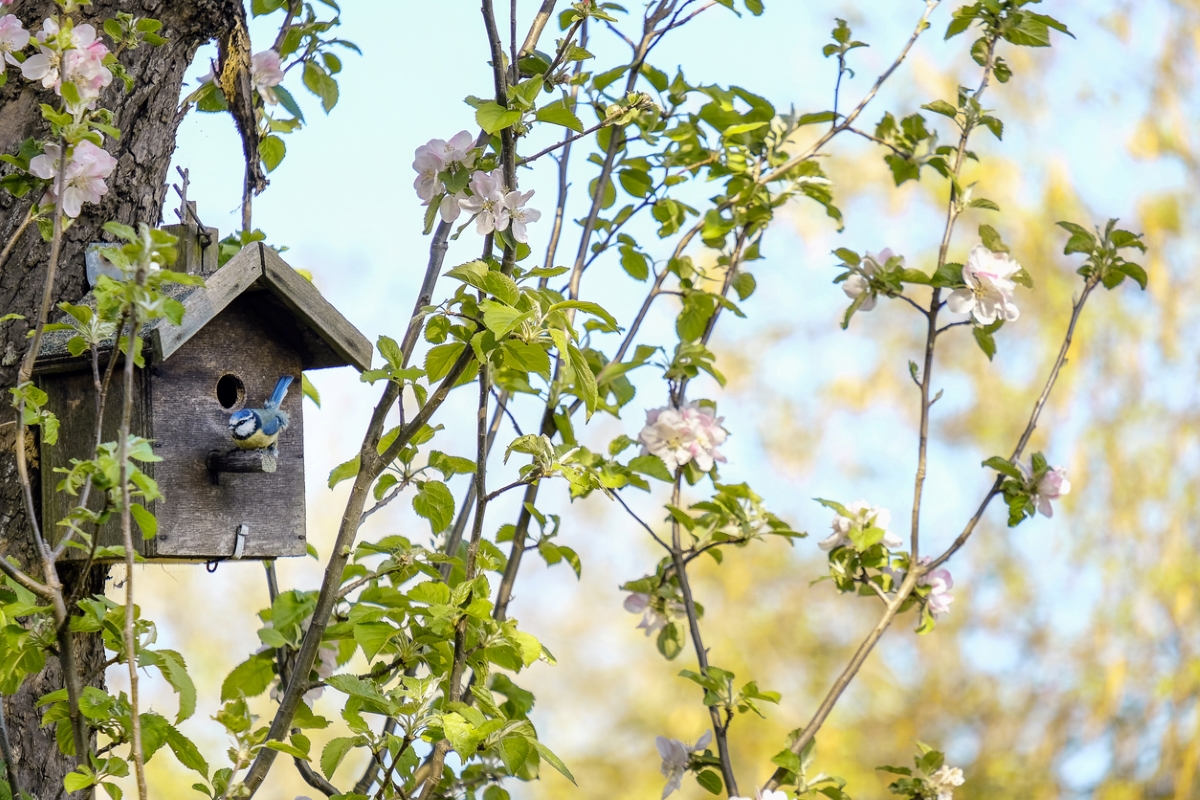
While most backyard birds dine on a combo of seeds, berries, and bugs, they spend much of late spring and summer feeding their young, which thrive on freshly caught insects—particularly the kind that can decimate the garden: cabbage worms, whiteflies, aphids, earwigs, grasshoppers, cucumber beetles, and grubs. To welcome birds, your landscape should include nesting options like twiggy shrubs and small trees, a water source for drinking and bathing, and perhaps one bird feeder (don’t fret—it won’t deter your feathered friends from their prey).
Build a Bat House
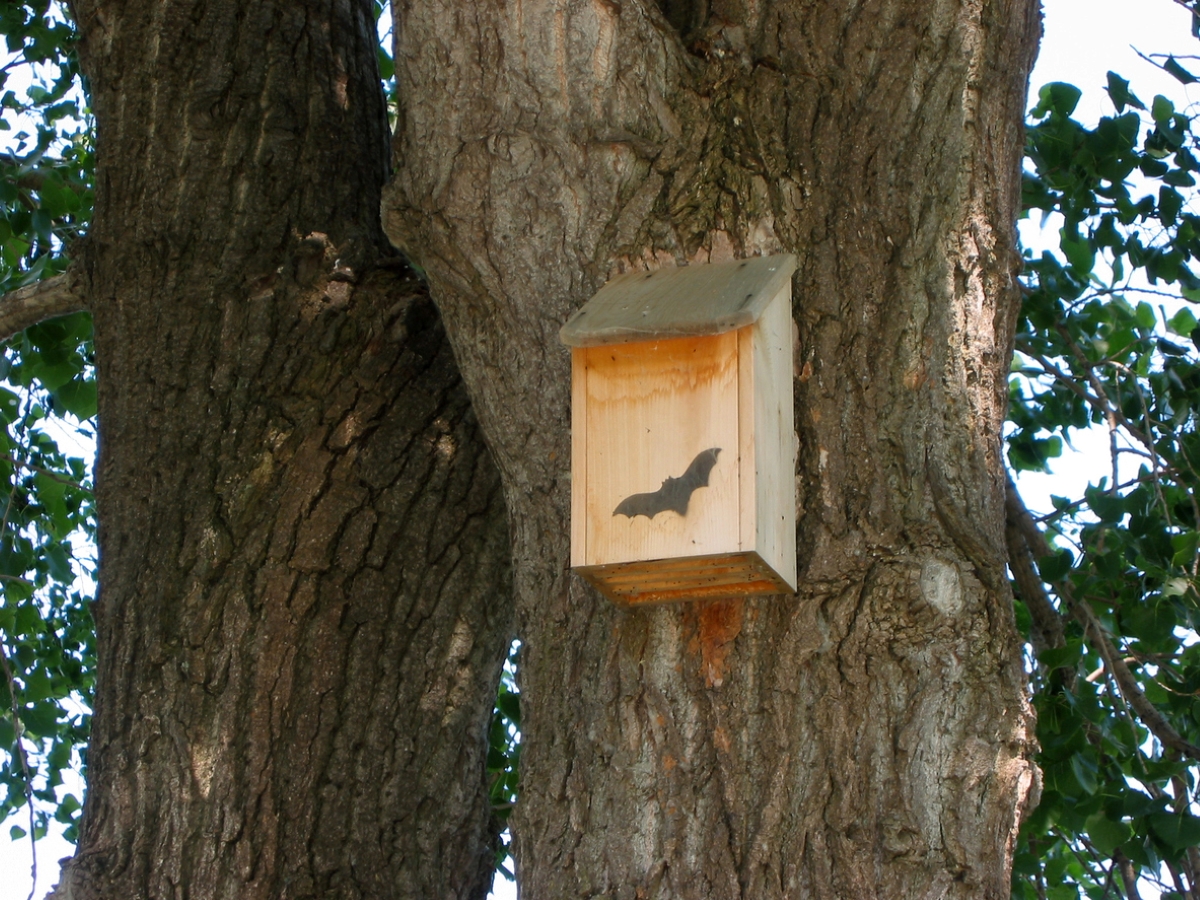
These flying mammals work the night shift when birds are at rest, treating the dark sky like a smorgasbord of mosquitoes, caterpillars, moths, gnats, and beetles. Just one bat can devour 8,000 insects per night! Plus, they are helpful pollinators and bat poop is a potent fertilizer. Attract these nocturnal superfriends by planting evening bloomers like dahlia, thyme, and honeysuckle (eschewing cinnamon, eucalyptus, and peppermint, which bother bats). Allow them shelter in dead trees, or build a DIY bat house for them this weekend.
Eliminate Standing Water
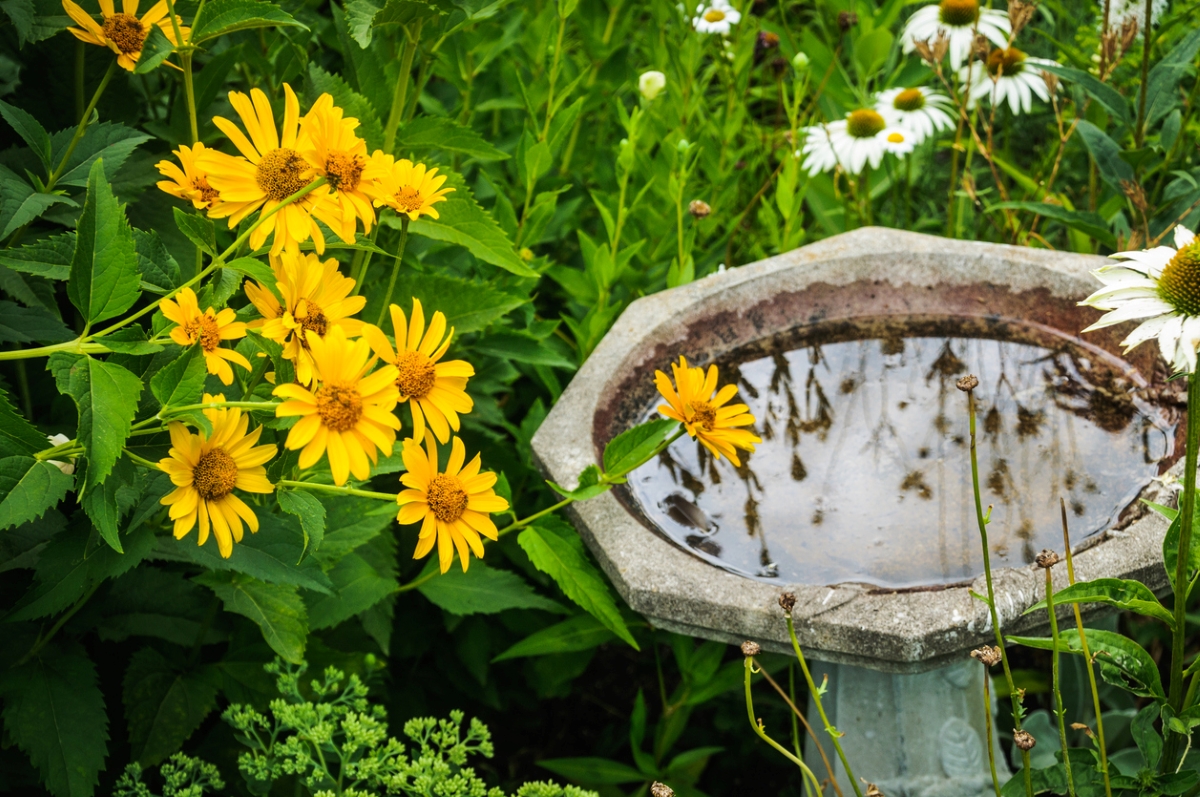
Standing water is a breeding ground for mosquitoes. After a rainfall, dump buckets and other receptacles that might have collected water. Be sure your rain barrel has a filter screen and that your birdbath agitates the water; DIYers can add a gentle trickle to a conventional model by rigging it up with a fish tank pump and some plastic tubing.
Ward Off Wasps With Essential Oils
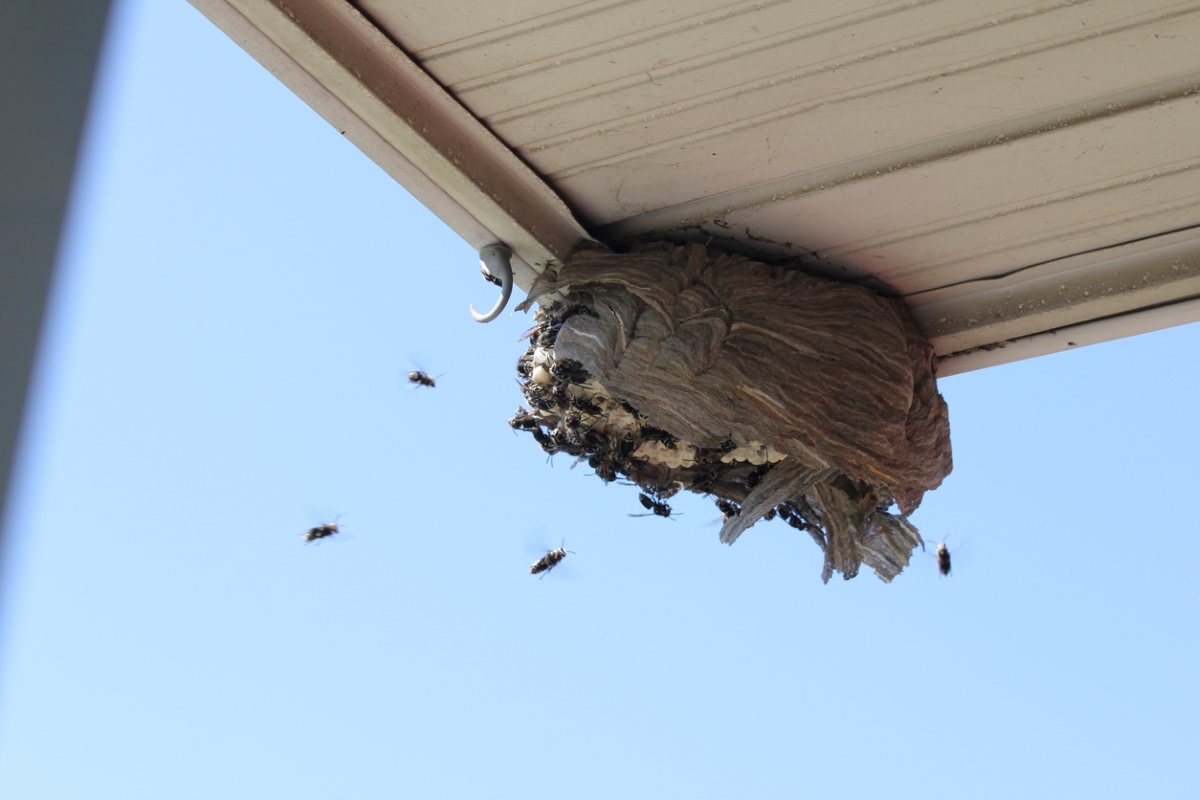
Though wasps and hornets eat other bugs, aggressive species can administer a painful sting (or worse, if you’re allergic). Wasp removal is a job best left to the pros, so the best offense is a good defense. Pick up dropped fruit from trees and keep trash and recycling bins tightly closed to discourage winged warriors. You can also make a bottle trap, as described above, to get rid of wasps using vinegar, lunch meat, and a sweet liquid like soda as bait. If wasps still come near when you’re outdoors, ward them off with an essential oil combo spray: a few drops each of lemongrass, peppermint, clove, and geranium oil in water.
Repel Mice With Onions and Hot Sauce
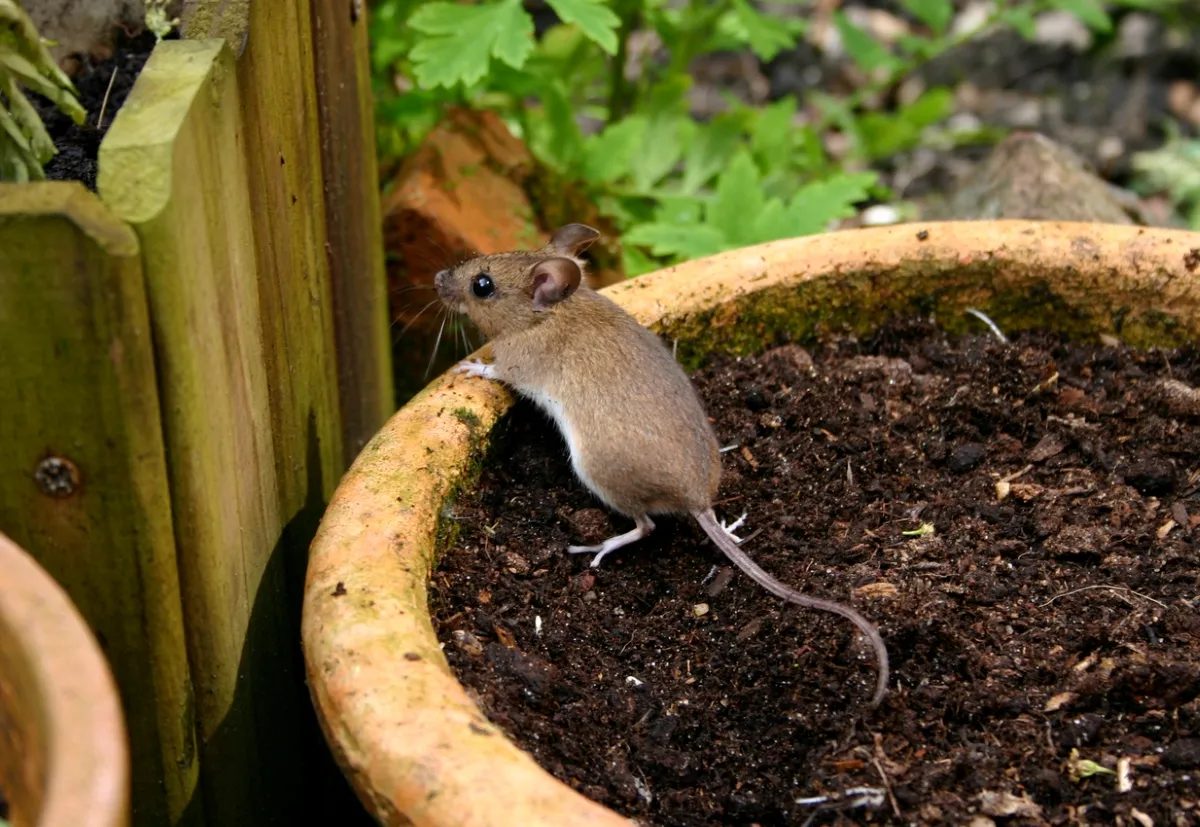
Should field mice and other small rodents try to enter your abode, have an odiferous arsenal at the ready to make them march back outside. Mice dislike the pungent odor of onions, so place quartered pieces in corners and cupboards if you want to get rid of mice. Or mix three parts dish detergent and one part Tabasco sauce plus a small amount of water in a spray bottle, then mist crevices and floorboards to repel rodents.
Give Slugs a Swig of Beer
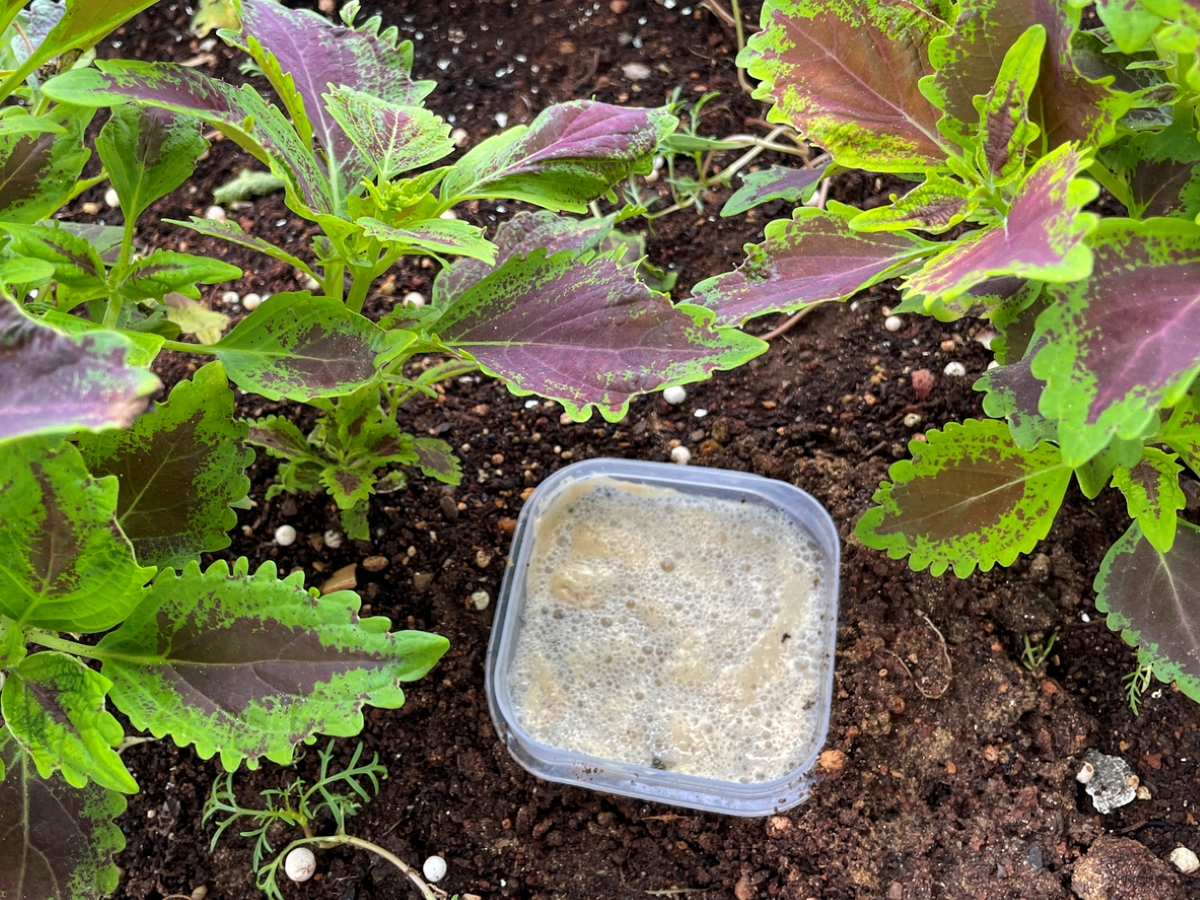
Slow, slimy, and insatiable when it comes to crops and decorative plants, slugs are garden untouchables. To get rid of slugs, all you have to do is crack a cold beer! Bury a few small plastic containers (consider reusing yogurt cups or plastic takeout containers, for example) in the ground and add a few inches of brew. Snails and slugs will crawl toward their beverage of choice, and drown when they fall in.
Repel Rabbits With a Stinky DIY Solution
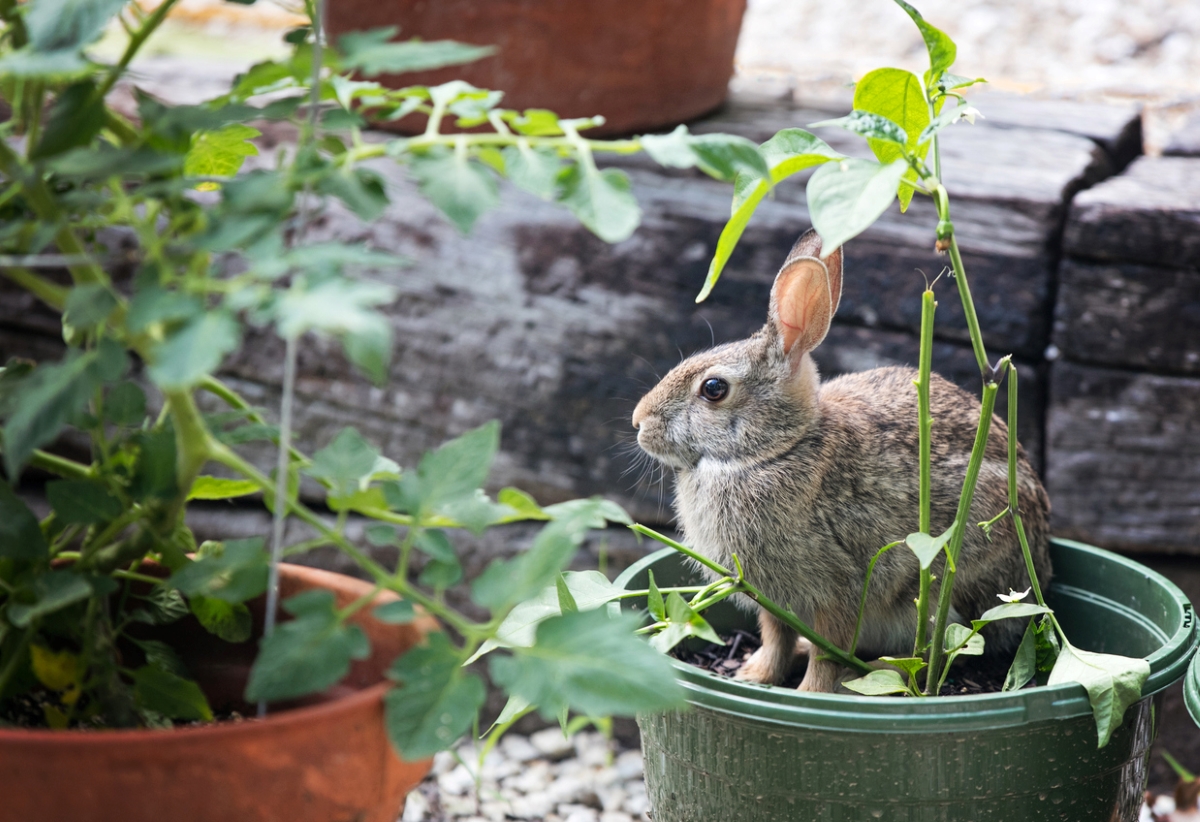
Bunnies are cute as heck, but they’re not so endearing when they’re eating your garden vegetables. To channel your inner (and kinder!) Elmer Fudd, blend raw egg, garlic, milk, Tabasco sauce, and a touch of liquid soap. Add just enough water to make the solution sprayable and mist it on plants. Alternatively, whisk an egg with vinegar and pour around the perimeter of the garden. Bunnies will take a few whiffs of this DIY rabbit repellent and beeline for less offensive territory.

